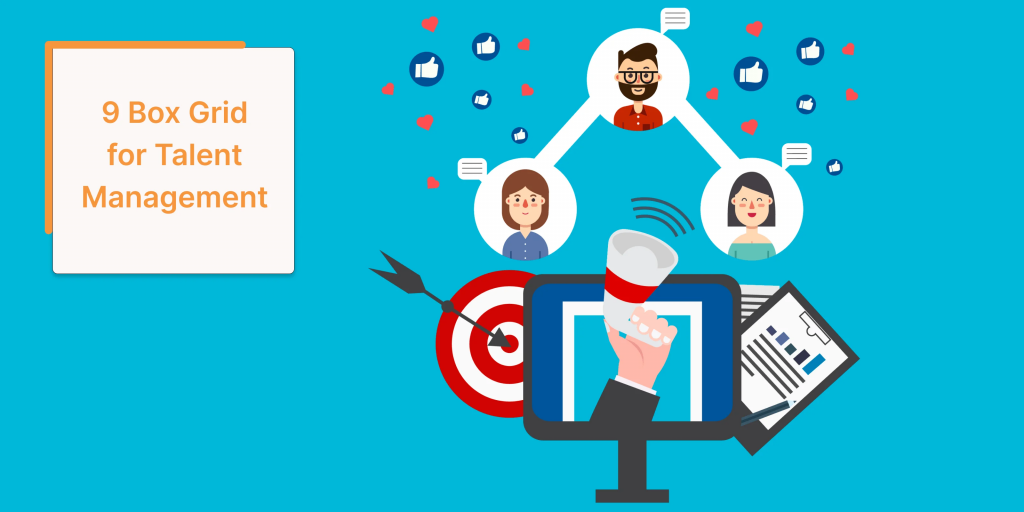Unconscious Bias Meaning, Definition, Types & Example
Unconscious bias meaning refers to the formation of opinions about people without realizing it.
Specifically, in HR, such bias can stem from a person’s background, life experiences, or cultural influences, and may unintentionally affect hiring or management decisions. Subsequently, unconscious bias in the workplace can affect how you hire, promote, or treat employees in your organization.
Examples of Unconscious Bias
Affinity Bias
Specifically, preferring people who are similar to you in background, interests, or experiences.
Example: Choosing to mentor an employee because they remind you of your younger self.
Gender Bias
Generally, assuming certain roles are better suited for a specific gender.
Example: Assuming men are better leaders or women are more suited for support roles.
Age Bias
Assuming someone is too young to lead or too old to learn new technologies.
Example: Skipping over an older candidate for a tech role, assuming they’re not “up-to-date.”
Halo Effect
In particular, allowing one positive trait to influence your entire opinion of someone.
Example: Assuming someone is competent because they’re confident or well-dressed.
Horns Effect
This is the opposite of the halo effect. It allows one negative trait to cloud your entire judgment.
Example: Thinking someone is not a team player just because they’re quiet in meetings.
Therefore, understanding unconscious bias is important as it helps you make fair and inclusive decisions in the workplace.
How to Manage Unconscious Bias?
To manage it, you can begin by increasing awareness through training. In addition, promote diversity and inclusion in your workplace to challenge biased thinking. Also, use structured hiring processes and clear criteria to reduce subjectivity. Additionally, encourage diverse teams, as different perspectives can help counteract bias.
You can also rely on data for decisions and seek feedback to identify hidden biases. Further, practicing mindfulness when making judgments can also help ensure fairness. By implementing these steps, unconscious bias can be effectively managed, promoting a more inclusive and equitable environment.
Frequently Asked Questions
Q1. | What is unconscious bias? |
| Ans. | Unconscious bias refers to unintentional judgments or stereotypes we form about people based on factors like race, gender, age, or background, often without being aware of it. All in all, subconscious bias can influence decisions in hiring, promotions, and everyday interactions, often leading to unfair outcomes. |
Q2. | What are the common types of unconscious bias? |
| Ans. | Importantly, unconscious biases influence decisions in many areas, especially at work. Notably, here are some of its common types to help you recognize if your decisions are affected by them. 1. Gender Bias: Treating people differently based on their gender or assumptions about gender roles. 2. Ageism: Judging or treating people differently because of their age, whether they are younger or older. 3. Stereotyping: Making assumptions about people based on their race, ethnicity, religion, or background. 4. Affinity Bias: We naturally favor people who are similar to us in background, interests, or experiences. 5. Confirmation Bias: We look for information that confirms our existing beliefs, often ignoring opposing views. 6. Attribution Bias: We attribute our successes to our own abilities but blame external factors for our failures. 7. Halo Effect: If we like someone in one way, we tend to view all their traits positively, even if they’re unrelated. 8. Availability Bias: We rely on the most recent or memorable examples to make judgments, even if they’re not the most representative. 9. Beauty Bias: We may favor people whom we perceive as more attractive, influencing hiring, promotions, and interactions. 10. Conformity Bias: We tend to follow the majority opinion, even if it contradicts our own beliefs. |
Q3. | How does unconscious bias differ from conscious bias? |
| Ans. | It occurs without us being aware, while conscious bias involves intentional prejudices or actions based on our beliefs and actions. Therefore, the main difference is that unconscious vs conscious bias refers to the awareness or intention behind the bias. |
Q4. | How can unconscious bias impact workplace decisions? |
| Ans. | Certainly, unconscious bias can result in unequal treatment, influencing hiring and promotions, and creating an unfair work environment. In this way, it can impact decision-making in the workplace. Hence, the effects of unconscious bias can be subtle but impactful. |
Q5. | What are some ways to reduce unconscious bias in the workplace? |
| Ans. | Indeed, organizations can reduce it by offering HR unconscious bias training, creating diverse hiring teams, and using fair recruitment practices. Moreover, they can promote mentorship and cultivate an inclusive culture. Thus, managing unconscious bias effectively requires both training and a commitment to fairness. |
Q6. | Why is addressing unconscious bias important for diversity and inclusion? |
| Ans. | It’s important to realize that addressing this is crucial for fostering diversity and inclusion because it helps remove barriers, ensures fair representation, and prevents the continuation of biased practices. Because, without addressing automatic bias, organizations may fail to create truly inclusive environments. |
Liked what you read? Let’s take it to the next level!
Resources
Explore how HR in 2025 will transform the workplace and redefine people strategies.
Learn why HR metrics are key to better engagement and smarter decisions.
Discover how the 9-box grid helps identify and develop talent for business growth.





